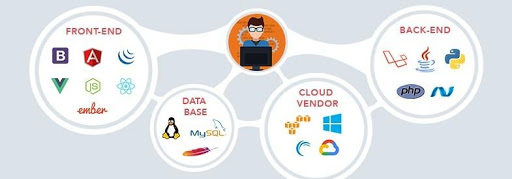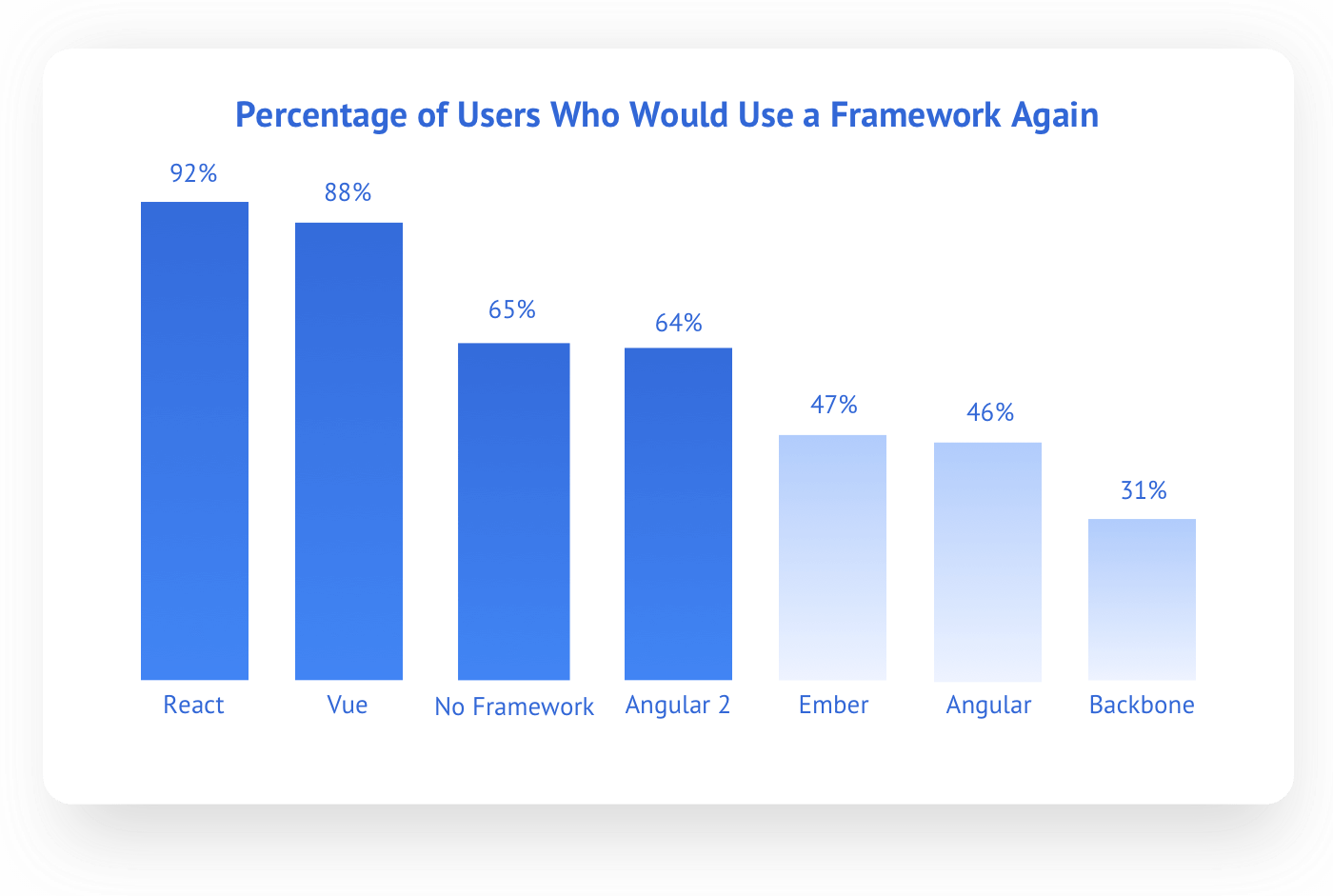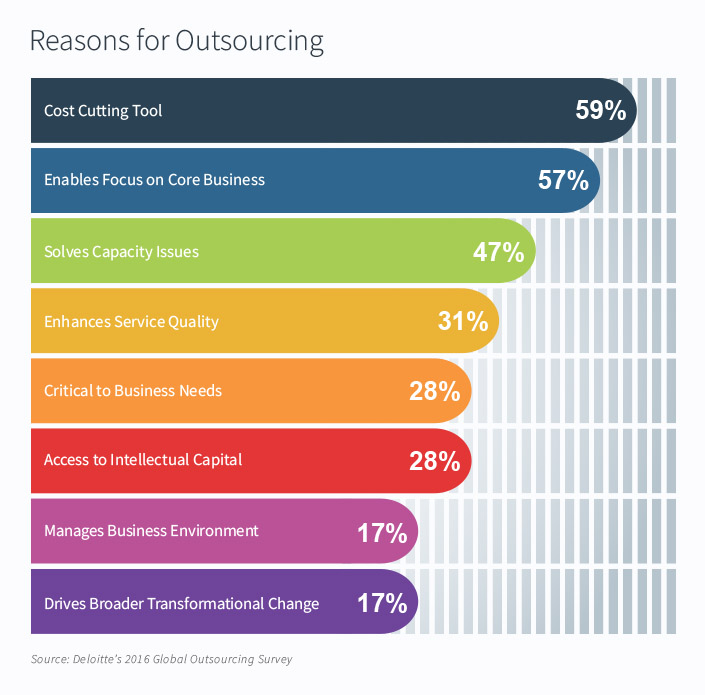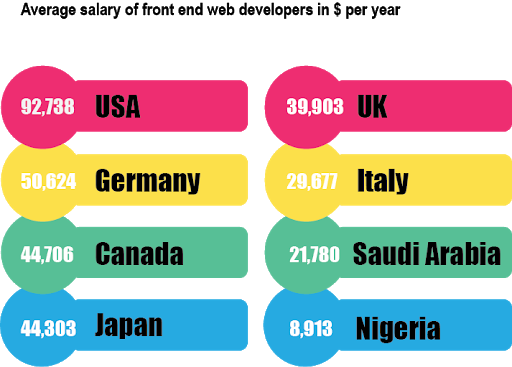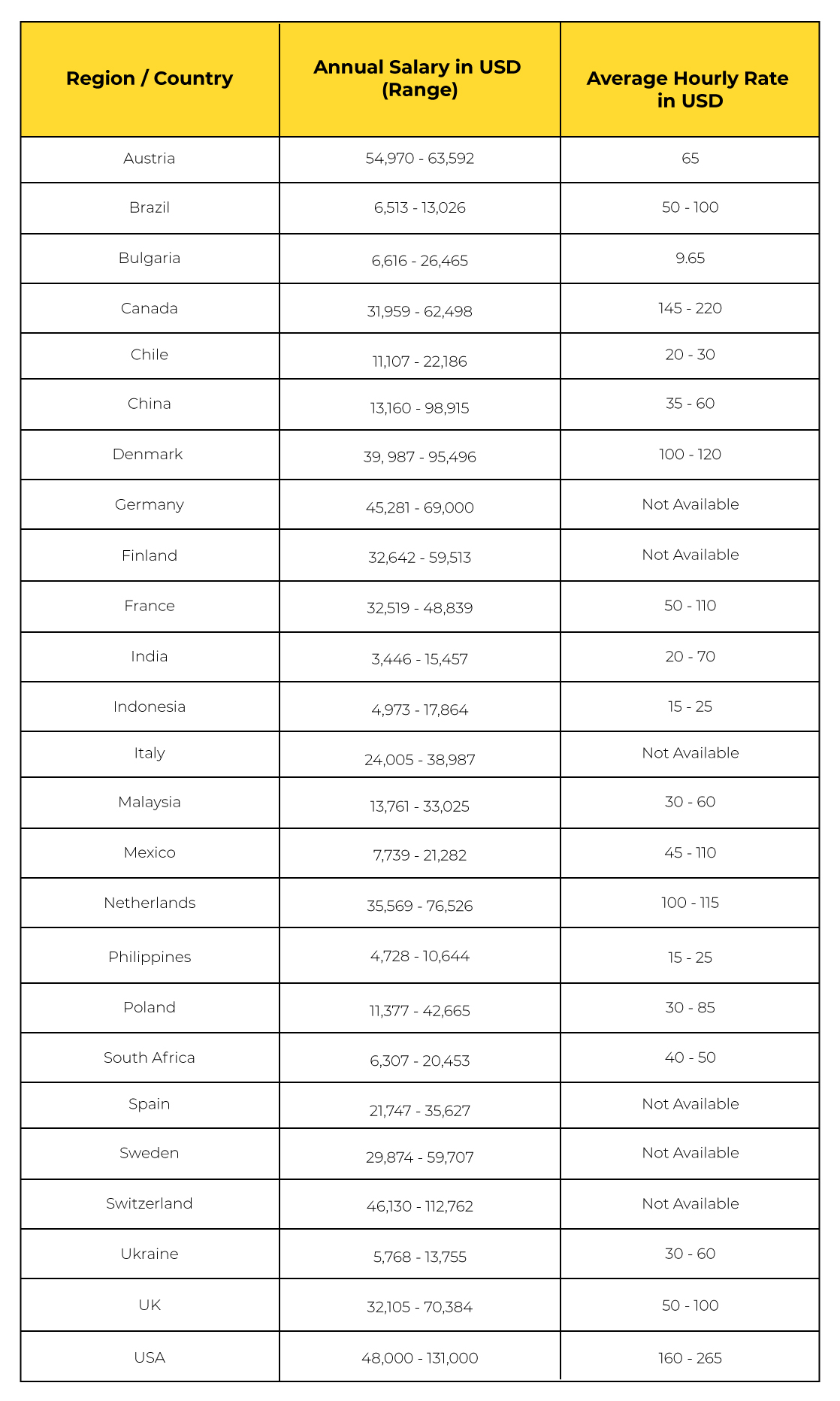India is home to a significant number of front-end developers that specialize in performance-driven interfaces for SaaS, fintech, ecommerce, and enterprise software. Hiring front end developers from India is a preferred choice for product-led startups and scaling global tech companies for their cost-efficiency, time zone compatibility, and communication proficiency.
But if you want to make the most out of this opportunity, as a hiring manager you need to select the right platform balancing speed, quality, flexibility, and post-hire support. This blog will help you do just that.
Uplers
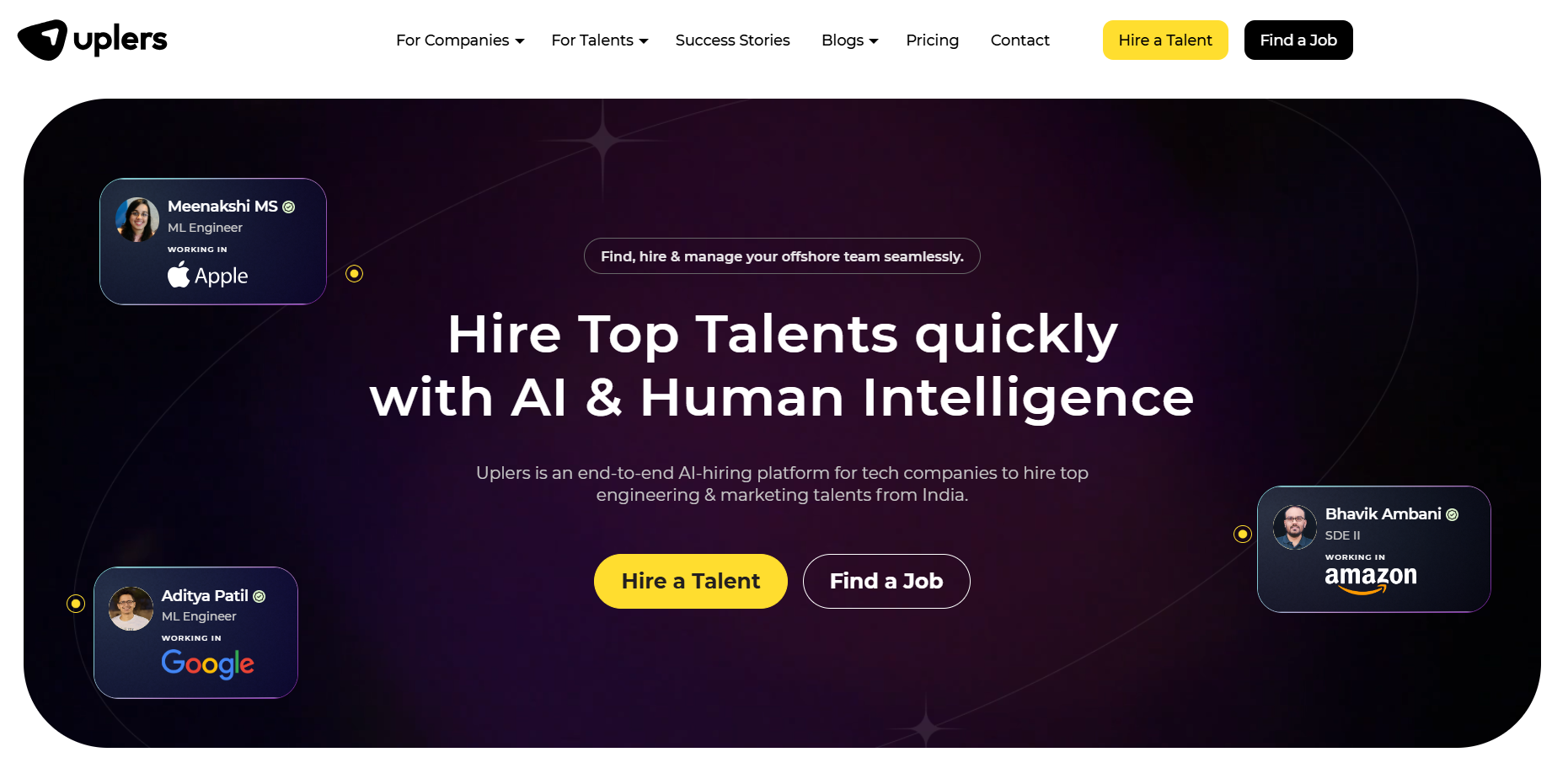
Uplers provides startups with reliable, simple, and fast access to top-tier front-end developers from India. This platform connects global companies to a curated network of 3M+ professionals, with only the top 3.5% shortlisted through a rigorous vetting process powered by AI and human expertise
The Uplers network includes 22,796 front-end developers skilled in React, Vue, Angular, Tailwind, Bootstrap, and modern component-based architectures. Of these, 4,391 are STEM graduates, and 1,500 are immediate joiners, giving your team both flexibility and depth.
The platform caters well to early and growth-stage startups by eliminating typical hiring frictions such as:
- Moonlighting risks are mitigated through real-time tracking tools like Flowace and Time Doctor. These tools help monitor work patterns in real-time, track active work hours, app usage, and maintain productivity and transparency.
- Candidate authenticity is verified via eLockr. It adds a layer of background verification by validating candidate employment and professional history, ensuring you receive only verified profiles.
Whether you are scaling rapidly or refining your front-end capabilities, Uplers simplifies the process without compromising on quality, budget, hiring timeline, or technical alignment.
Explore the Uplers network of vetted front-end developers to get started.
Braintrust
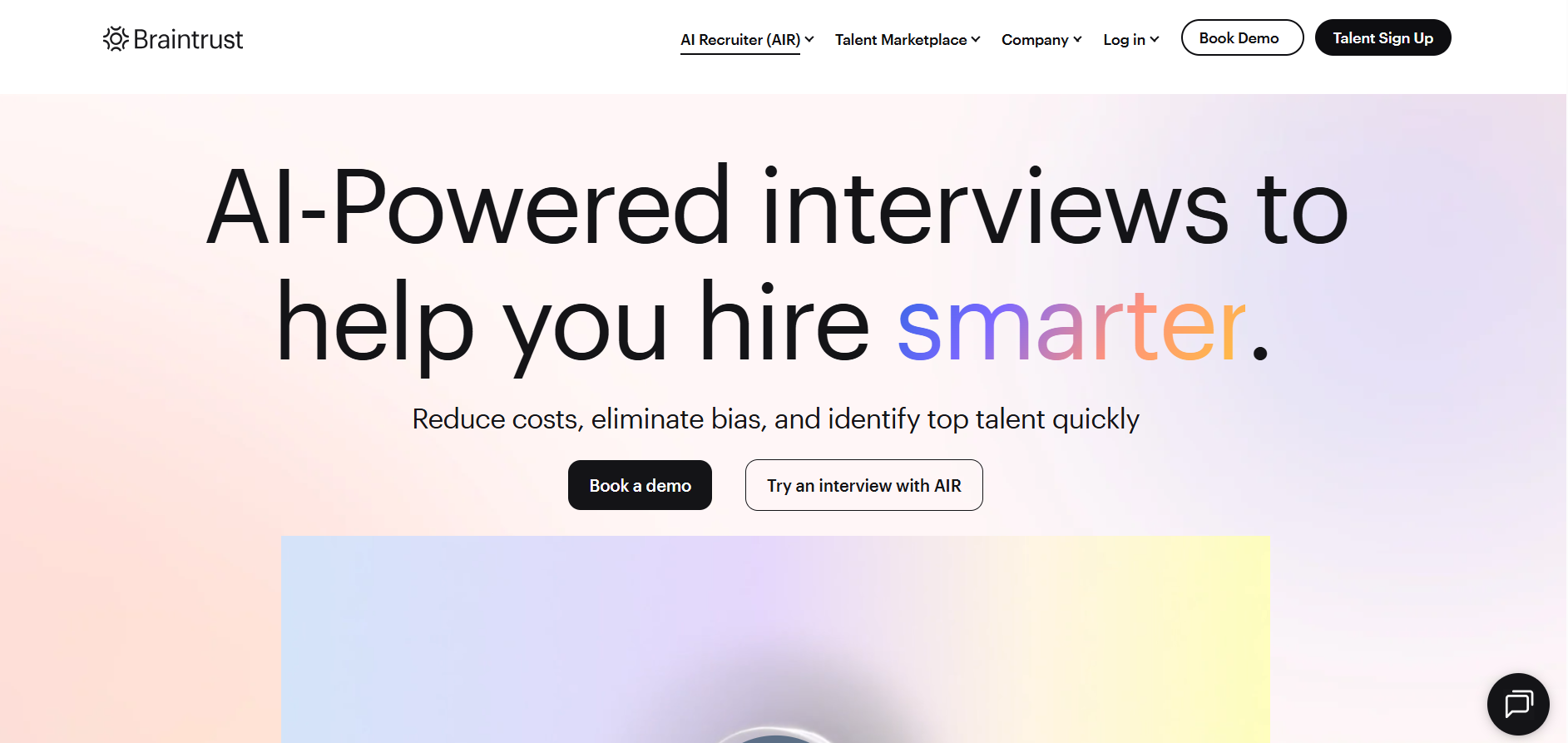
Braintrust is gaining momentum as a community-owned talent network that offers global companies access to premium front-end developers without the markup-heavy costs of traditional agencies. The decentralized structure of this platform means that engineers retain more of what they earn. This results in better quality, commitment, and retention.
Although Braintrust is not India-exclusive, it has a growing segment of India-based front-end developers experienced in projects done for Fortune 500 brands, fast-scaling SaaS tools, and open-source platforms. If your team values autonomy, transparency, and flexibility, Braintrust offers a future-ready route to engage Indian front-end professionals without middle layers.
If this is a platform that seems to align with your hiring requirements, check out the Braintrust network of front-end developers.
Toptal
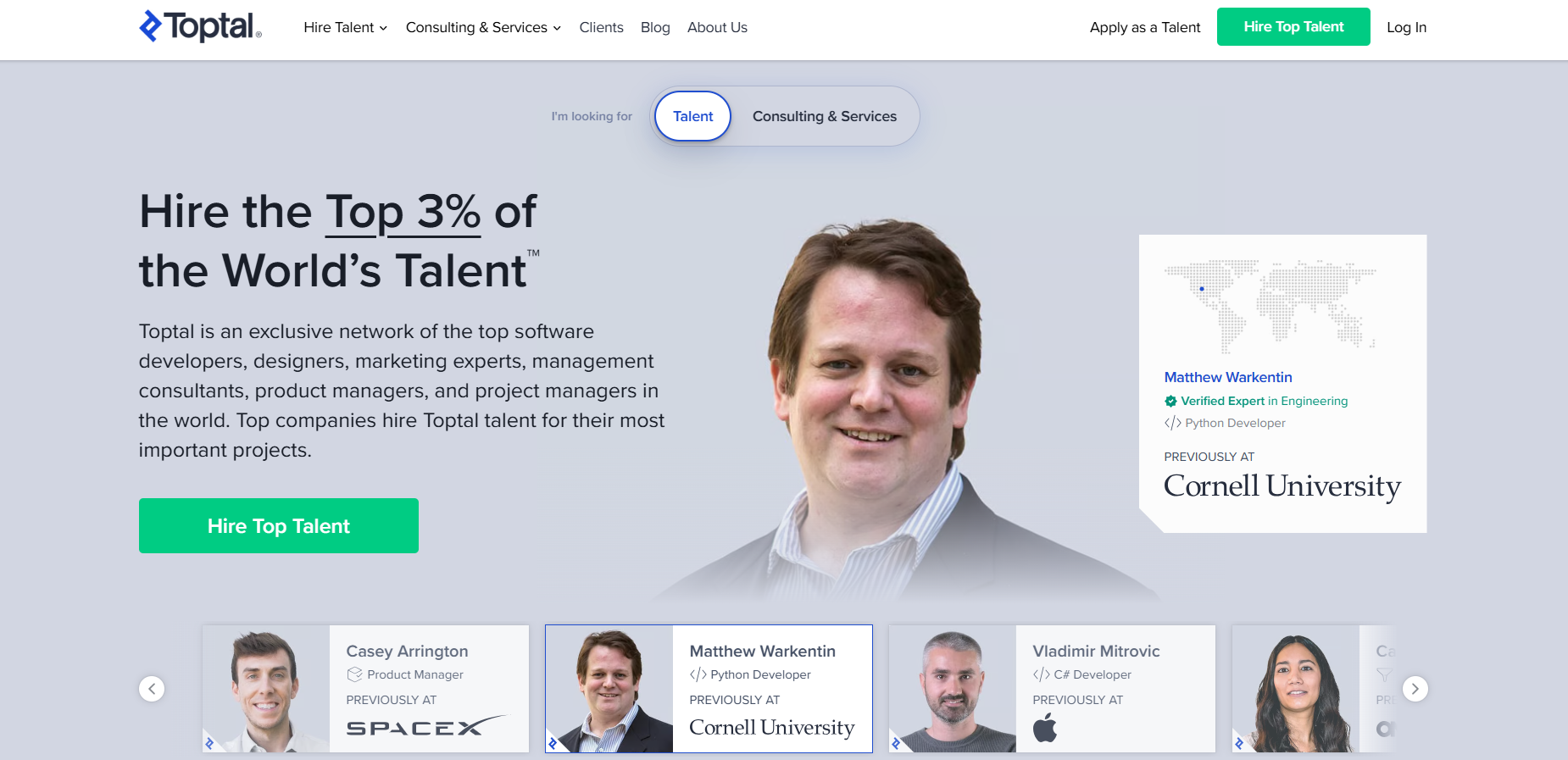
If elite freelance developers are your requirement, Toptal can be a treasure trove. Moreover, their platform includes high-performing front-end engineers from India. Every developer on Toptal goes through a multi-step screening process, from algorithmic testing to live coding challenges and project simulations.
Toptal is popular among product and design-led organizations for the depth of talent that it offers. Developers are not just technically sound, but also strong communicators with experience collaborating in agile teams across global time disparities. The risk-free trial period and quality guarantee makes it worth the investment for mission-critical roles.
If this is a platform that seems to align with your hiring requirements, check out the Toptal network of front-end developers.
Arc.dev
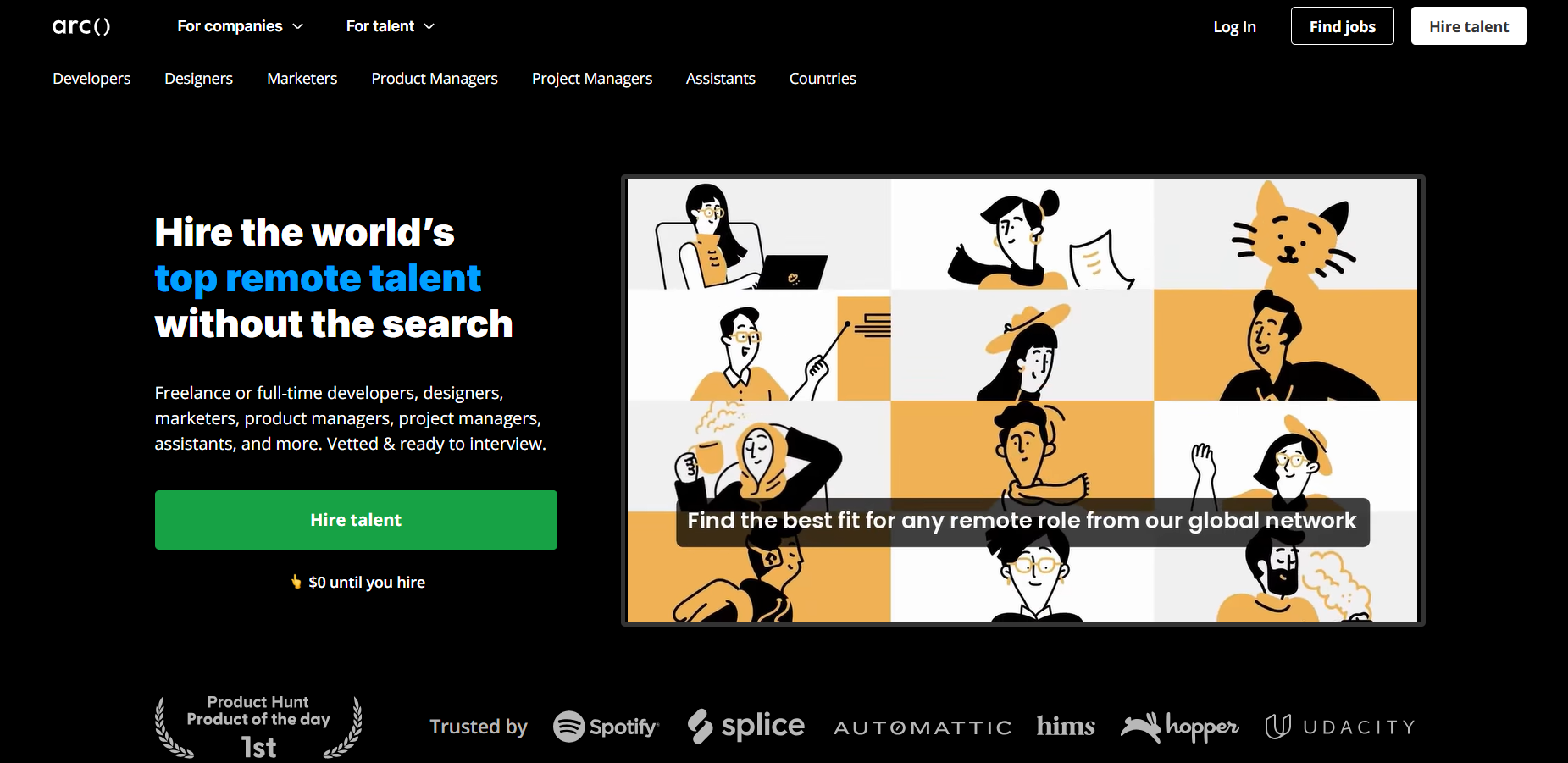
The focus of Arc.dev is to help product companies and startups build remote-first engineering teams. This platform matches global companies with pre-vetted developers globally, including a strong representation from India. Arc’s vetting process comprises technical assessments, soft skills evaluation, and timezone compatibility checks.
This platform also utilizes AI-powered matchmaking to reduce hiring friction and accelerate project onboarding. If you are considering hiring front end developers for long-term commitment, Arc.dev talent can offer structure, consistency, and cultural alignment.
If this is a platform that seems to align with your hiring requirements, check out the Arc.dev network of front-end developers.
Upwork
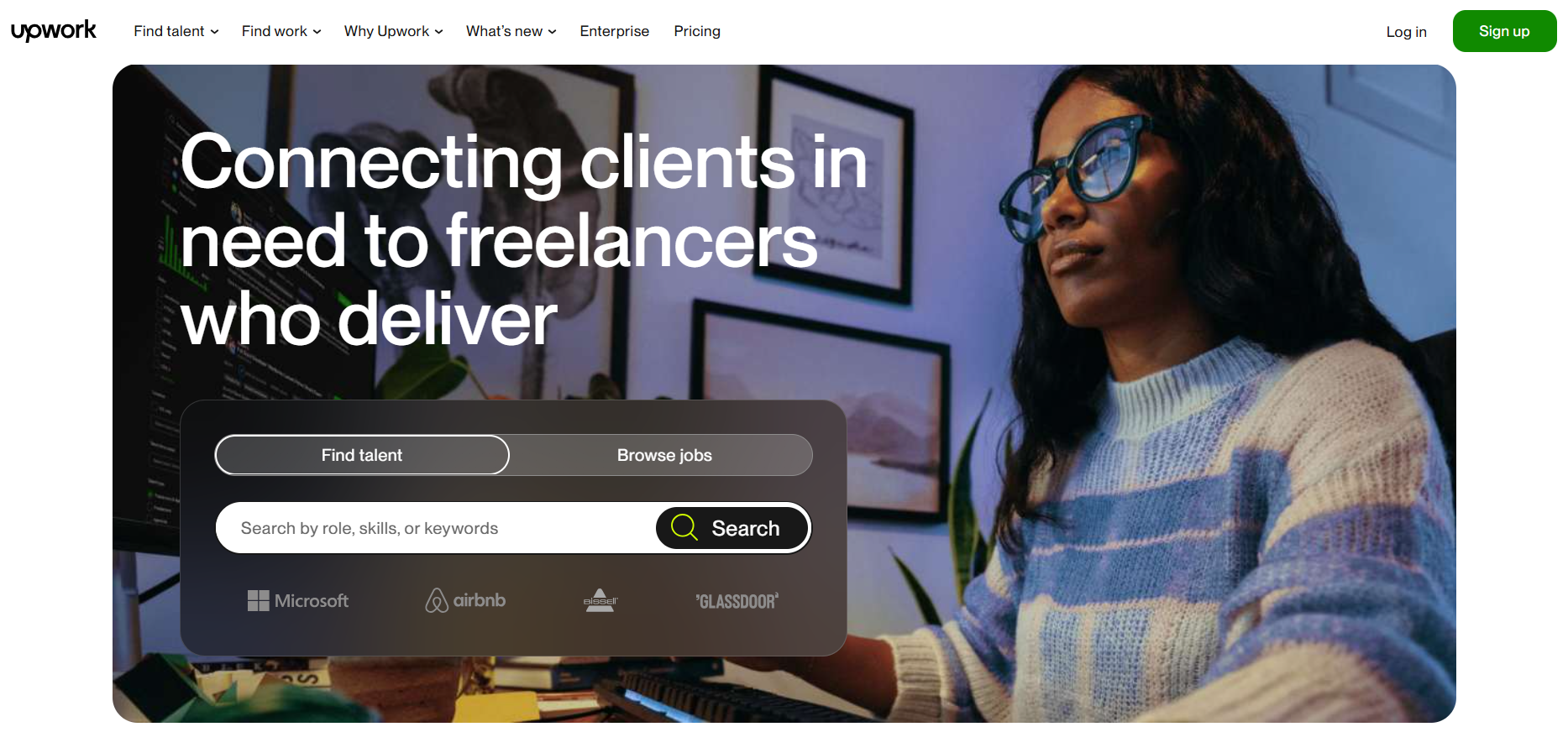
Upwork is regarded as one of the most flexible platforms to hire freelance front-end developers from India. There are filters based on skill, hourly rate, job success score, and client reviews. This offers you full control over the hiring process.
This could be a suitable choice if you are looking for short-term front-end sprints, UI updates or responsiveness fixes, or contractual commitments. However, to manage freelancers on Upwork demands clear briefs, deliverables checklists, and time-tracking tools like Flowace to mitigate risk of missed deadlines. Upwork could be a great choice for budget conscious teams that require quick turnaround without long-term commitment.
If this is a platform that seems to align with your hiring requirements, check out the Upwork network of front-end developers.
Final Thoughts: From Talent Access to Team Impact — Make Your Front-End Hire Count
To hire front end developers is not merely a technical decision, it’s a product and brand choice. The right developer can have a dramatic influence on how your users experience your platform, how fast you can go to market, and how clean can your design visuals come to life.
Each of the above-listed hiring platforms have a distinct hiring philosophy, which is why the best choice comes down to what you value more: speed, depth, flexibility, or control. As a token of advice, instead of chasing the largest pool or the cheapest rate, focus on alignment with your stack, growth goals, and internal processes. When you get that right, the choice of platform will not merely deliver a developer, it will deliver momentum.




